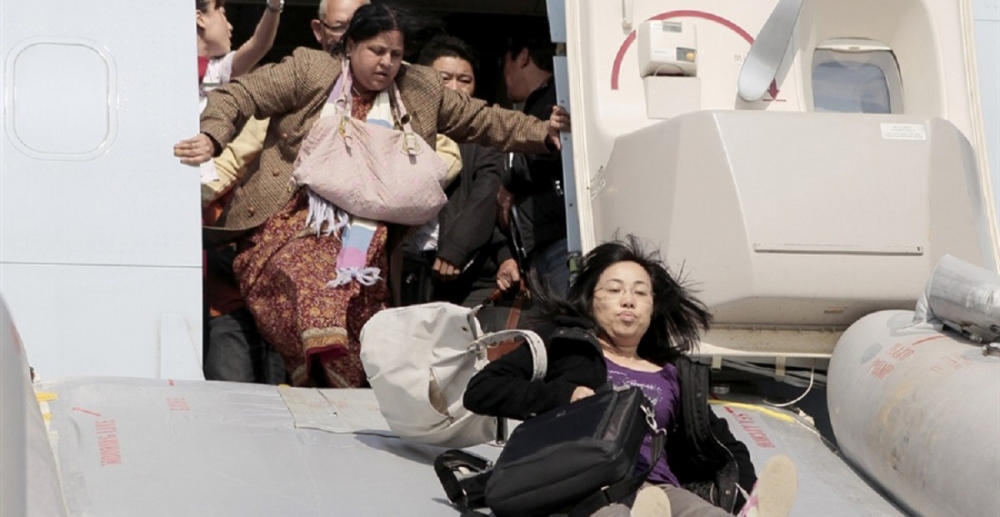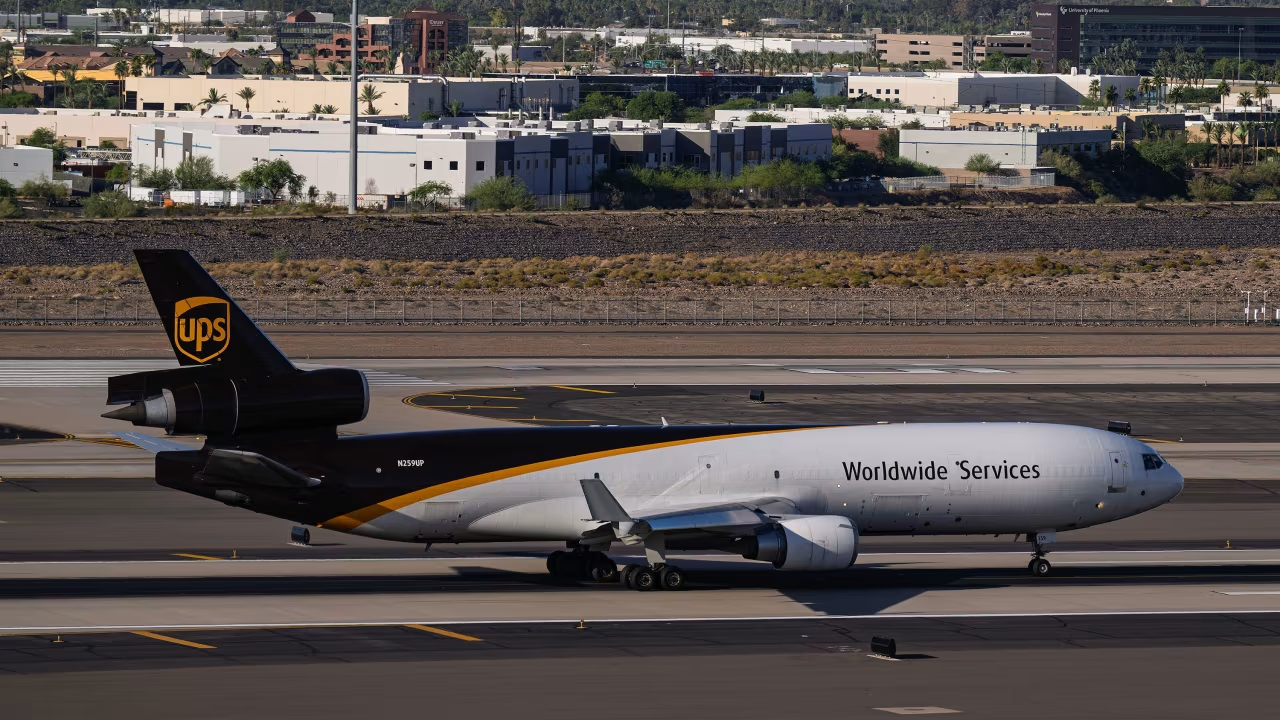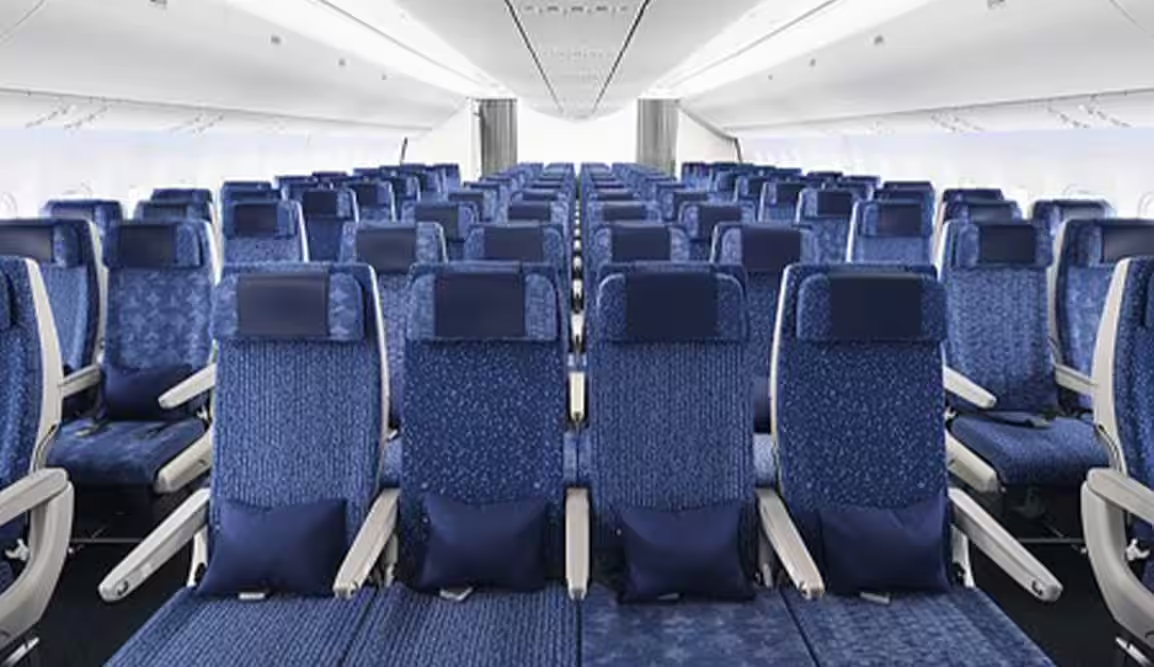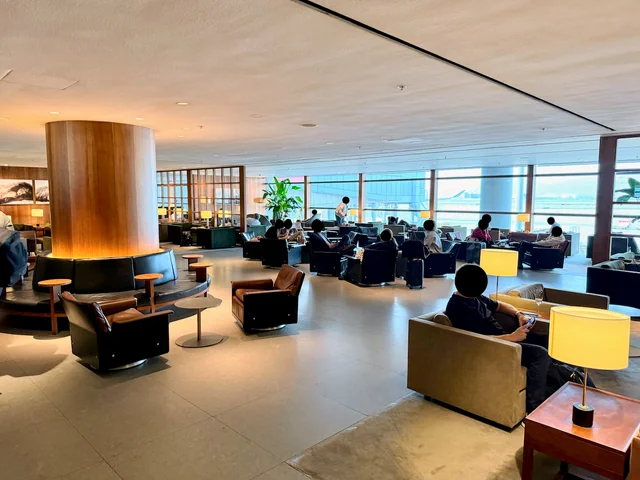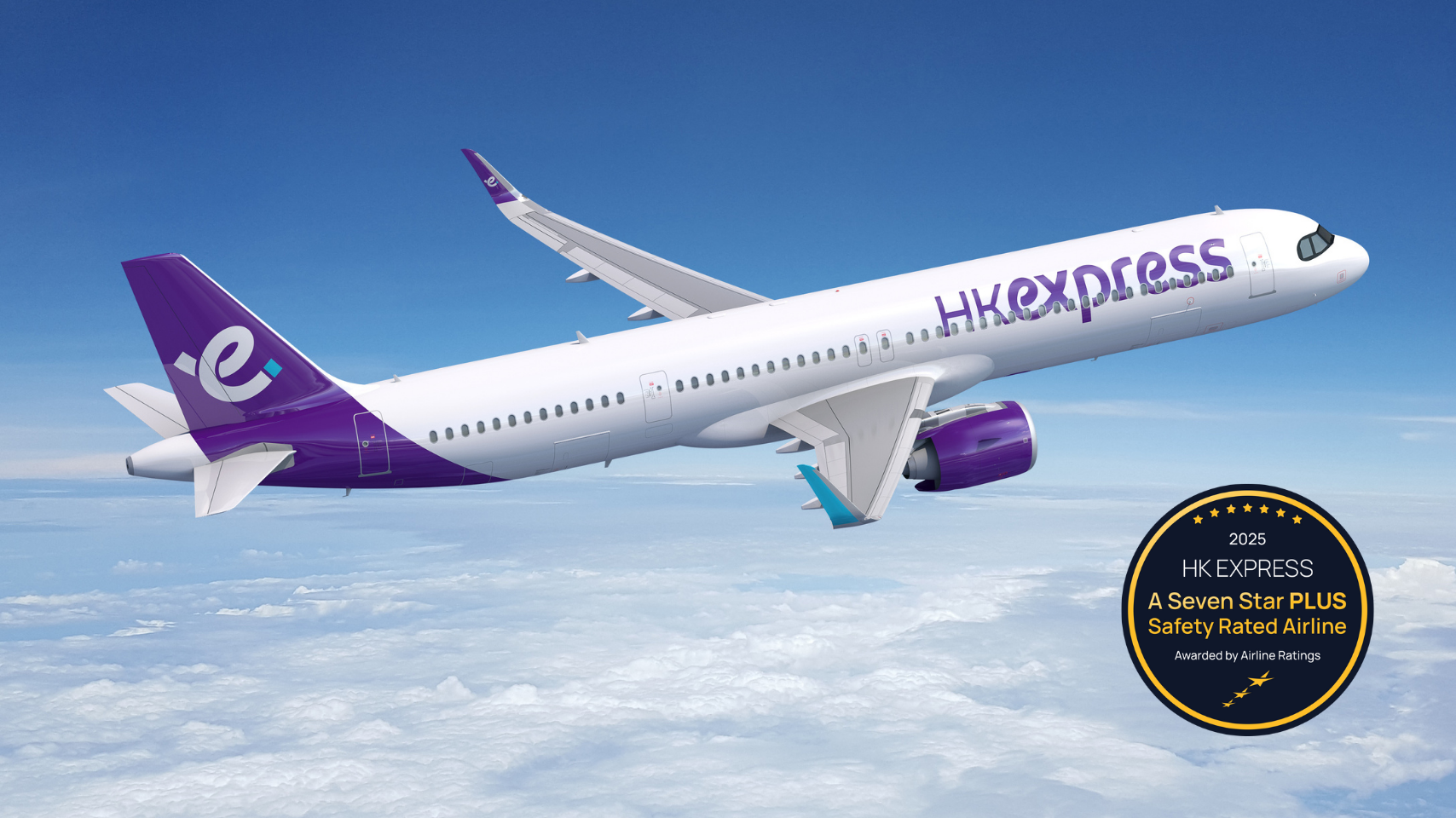
By Geoffrey Thomas
Published Wed Sep 23 2020
Economy airfares could at least double if the US aviation regulator finds that passenger evacuation standards need to be revised due to passengers refusing to leave bags behind.
Flight Global reports that an audit from the US Department of Transportation’s Office of Inspector General (OIG), has asked the US Federal Aviation Administration to investigate the egress time for passengers in an accident or incident which should be 90 seconds with half the doors closed.
However, the OIG says the “validity of the assumptions that drive FAA’s evacuation standards and industry tests and simulations for certifying new aircraft” many no longer be valid due to changed behaviour of passengers, such as videoing their escape and insistence on taking their carry-on luggage with them.
READ: World's first COVID-19 airline ratings
“Significant changes in the industry and consumer behaviour — such as passengers’ reliance on carry-on baggage — have occurred since FAA last updated the regulations in 2004,” the OIG report says.
Flight Global also says that “other countries, including the UK, have urged for new evacuation models based on passenger behaviour, citing the likelihood of some passengers to bring personal belongings with them.”
A UK study in 2001 warned about the safety consequences of shrinking airline seat spacing.
The UK study “Anthropometric Study to Update Minimum Aircraft Seating Standards” was initiated by the Joint Aviation Authorities (JAA) under United Kingdom (UK) Civil Aviation Authority (CAA) funding and found that many economy-class passengers do not have enough space to assume the correct “brace” position for an emergency landing. It also found the seats themselves are obstacles to quick emergency evacuation of the cabin.
According to the OIG report, the FAA last updated evacuation standards in 1991..
But the FAA says that the “high rates of accident survivability due to reduced flammability of cabin components and safer seat designs” are new factors to be considered as well as improved “egress paths, emergency lighting, and escape systems.”
However, evacuations in recent incidents have taken over triple the 90 second time limit which could mean airfares may have to more than double as passenger seating is reduced to meet the 90-second limit.
Put simply passengers are refusing to follow instructions to leave their bags behind slowing up the evacuation, while others clog aisles taking videos of the incident.
If regulators were to re-certify the long-range Boeing 777 to the reality of what actually happens, the 550 exit limit aircraft would have to be recertified to just 183 passengers – half its typical load.
But for smaller aircraft such as the widely used A320 – and Boeing 737 – which has an exit limit of 195 and a typical configuration of 180 mostly economy passengers the impact would be devastating with a new limit of just 65.
That would mean a tripling of airfares to make the aircraft economically viable.
One possible solution is to lock overhead lockers for take-off and landing, to prevent passengers taking their baggage with them after a plane crash.
A sobering fact is quite often it takes 40 minutes to board a plane because of passenger/ baggage congestion.
